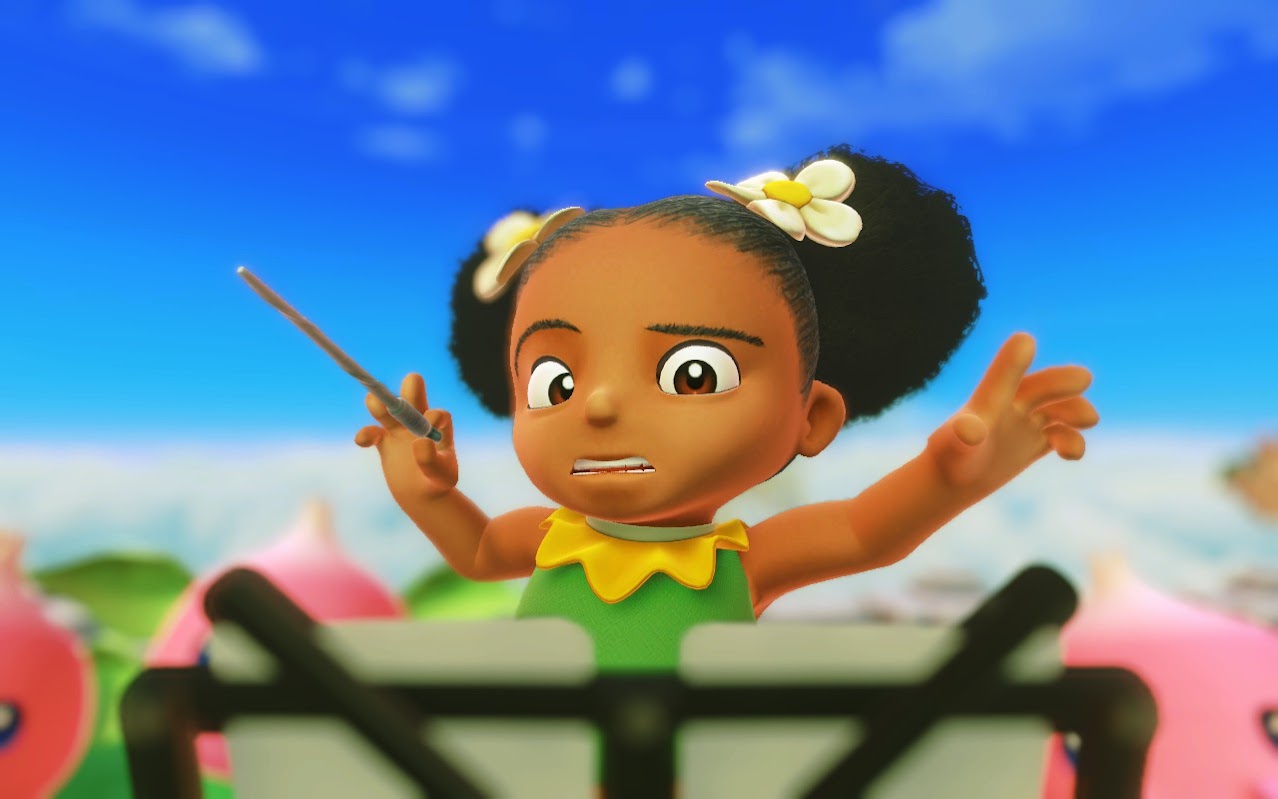Scarlett's StarCraft triumph is already one of 2018's best moments
The championship at IEM PyeongChang was a long-awaited moment for one of StarCraft 2's brightest and most frustrating stars.
Last week Sasha "Scarlett" Hostyn won the first major championship of her career at IEM PyeongChang. One might have said it was a long time coming—Scarlett had made her StarCraft 2 tournament debut nearly six years prior—but that would imply there was any certainty that she had anything coming her way at all.
Scarlett entered IEM as one of StarCraft 2's most popular and frustrating progamers. After her scintillating live tournament debut at IPL4 in April of 2012, she had come up with just two runner-up finishes in two finals. It was a disappointing haul, at least for the player who was supposed to save StarCraft 2.
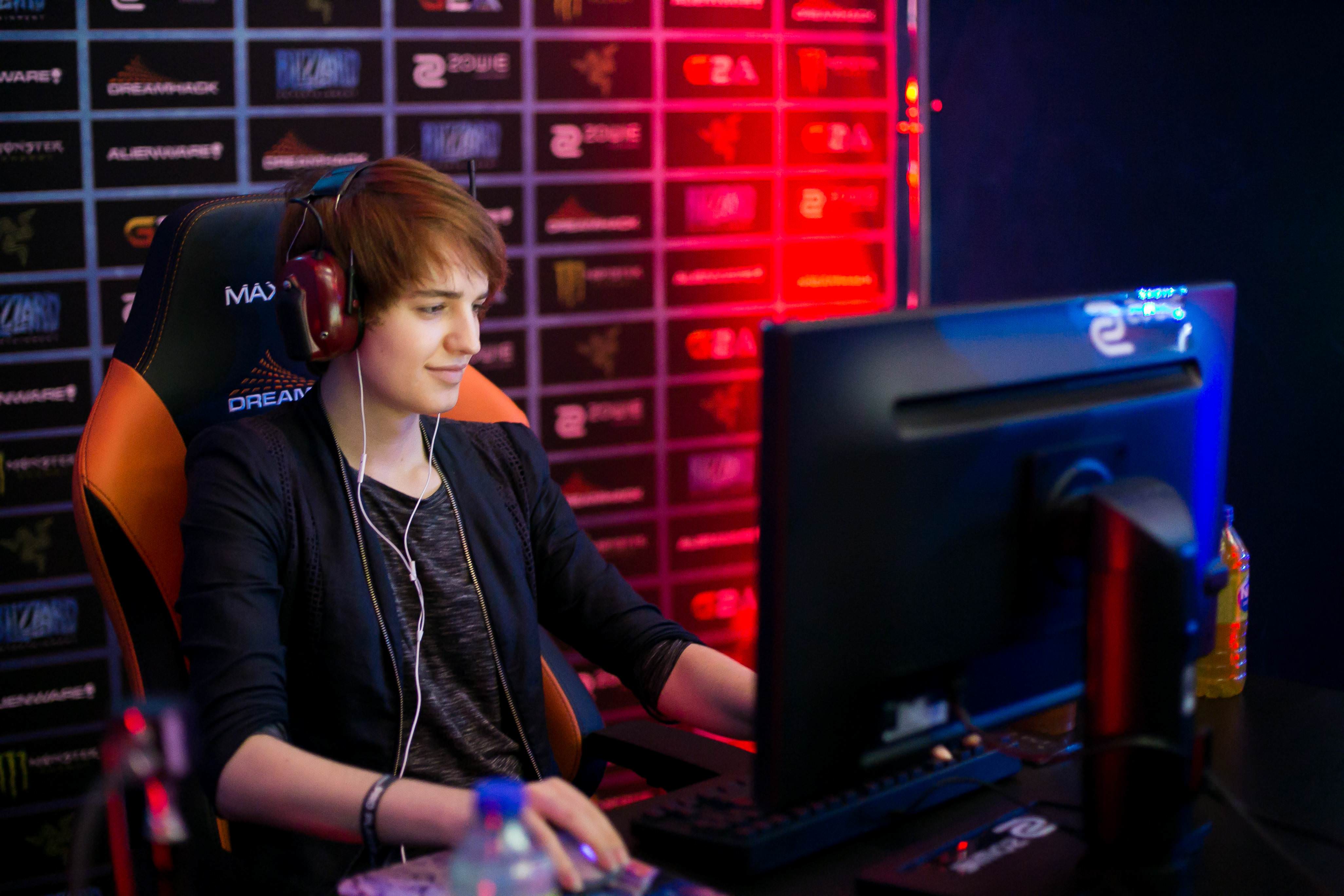
The chosen Zerg
Scarlett's background made her the perfect, loveable underdog, almost more fairy tale character than real life human being.
South Korea has dominated competitive StarCraft for as long as anyone can remember. Blizzard's 1998 real-time strategy classic was an international success, but in South Korea it grew to become a cultural phenomenon. Proleague—a team-based league resembling that of baseball or soccer—was established in 2003, setting up an esports infrastructure designed to identify and train elite progamers.
When StarCraft 2 was released in 2010, the rest of the gaming world was reintroduced to competitive RTS. Not surprisingly, Korean pros continued to dominate in the sequel. Initially, they were welcomed by a burgeoning Western esports scene as the feature attraction at tournaments. After all, who didn't want to watch the best players in the world? But by 2013, interest in StarCraft 2 esports was in clear decline, and fans could not help but wonder if Korean domination had played a part.
Enter Scarlett. The Canadian Zerg established herself as a top North American player after her 2012 debut, and she took off in 2013 as one of StarCraft 2's top players, period. The "foreign" scene (a Korean term adopted by a self-deprecating non-Korean community) had seen other so-called hopes before her, but none were so perfectly situated to play the savior. Without any kind of professional infrastructure or training, she had become a top-tier player simply by picking up StarCraft 2 and playing on the ladder.
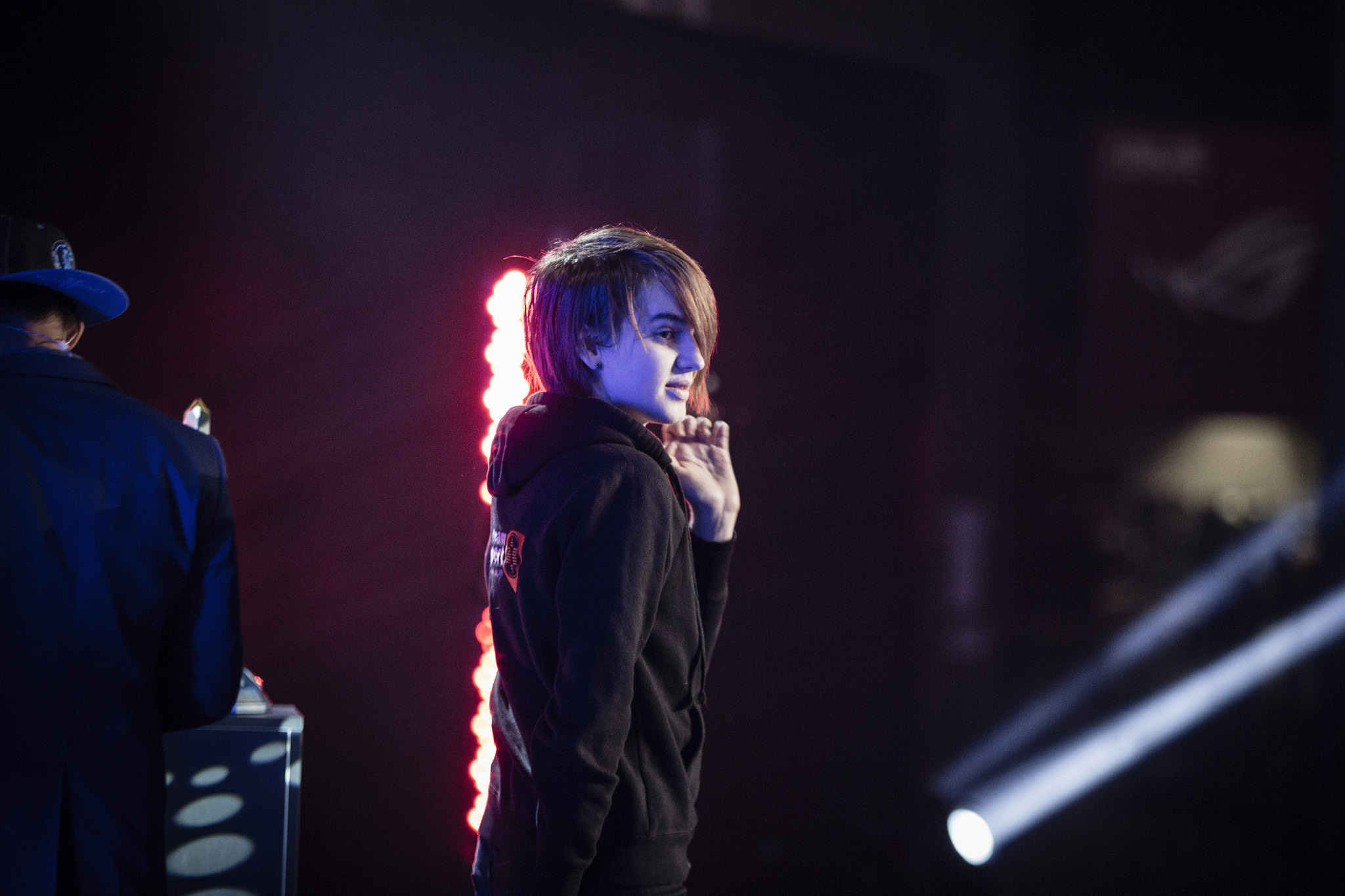
She even hailed from North America, StarCraft 2's kidding-not-kidding joke region. And, of course—regardless of her own aggressive indifference to the point—she was a girl competing in the top flight of professional esports. Scarlett's background made her the perfect, loveable underdog, almost more fairy tale character than real life human being.
However, it was the fact that she was ridiculously skilled that gave her a chance to become a legend. She didn't have to resort to deceitful "cheese" tactics to beat the best Korean pros—she had the physical and mental acuity to go toe-to-toe with them in fierce battles that did justice to the term 'real-time strategy.'
At the height of her powers through 2013 and 2014, Scarlett achieved multiple, high tournament finishes while delivering some of the most exciting and celebrated games in StarCraft 2 history. She went up against the best players in the world, and in both victory and defeat, looked every bit their equal. In every competition she entered, fans had reason to hope that she might emerge with the championship.
The biggest gaming news, reviews and hardware deals
Keep up to date with the most important stories and the best deals, as picked by the PC Gamer team.
Unfortunately, hope was all Scarlett could deliver. She won big games and she won big matches, but she could not win big tournaments.
In 2015, Scarlett mulled over her future and lapsed into semi-inactivity. Though she eventually decided to continue as a full-time progamer, the year passed without a single notable result. Quietly, it seemed, a window had closed.
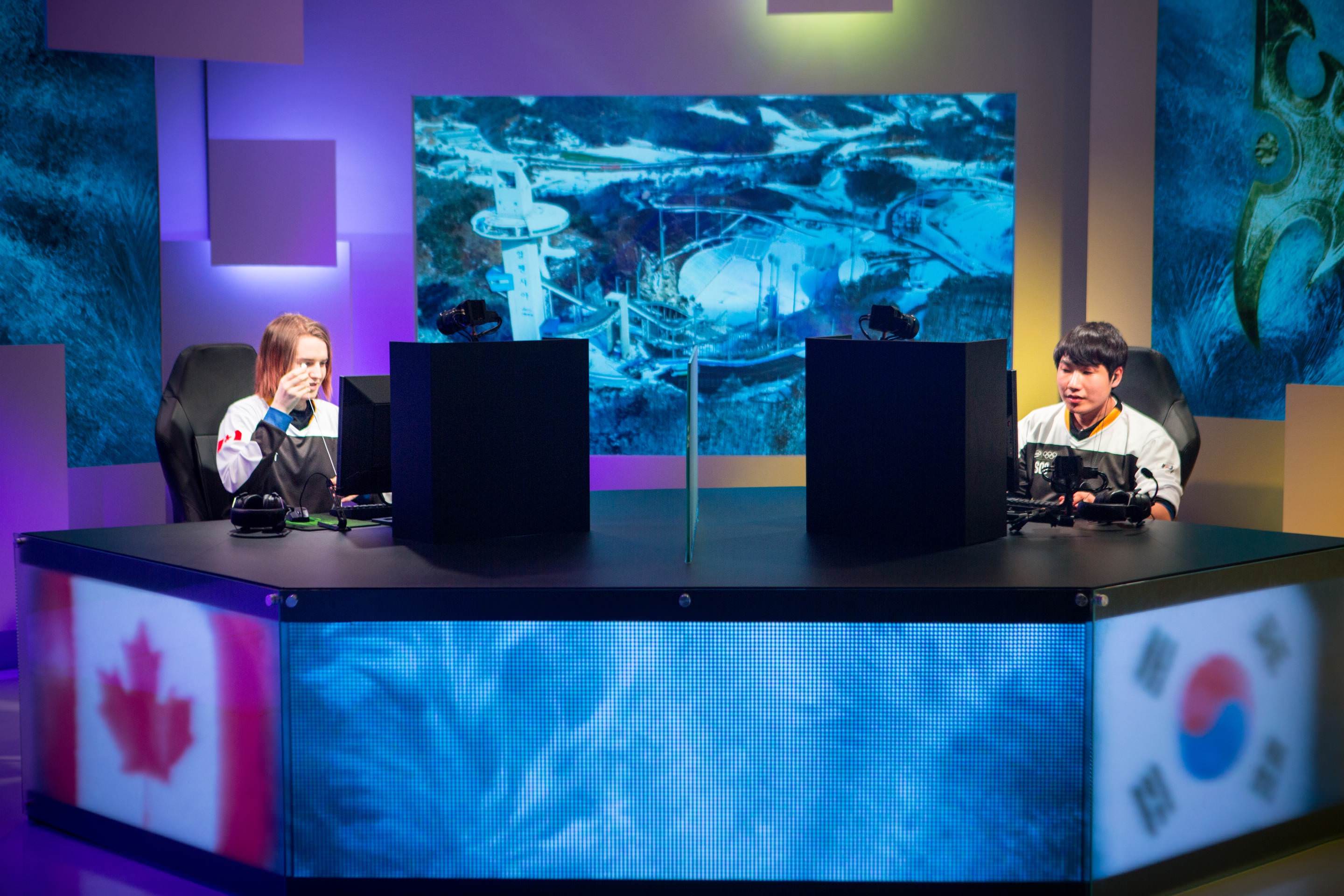
Few players would have been more suitable than Kim "sOs" Yoojin to end Scarlett's run.
In 2016, Blizzard belatedly enacted a "region-lock," a one-way ban on Korean players from competing in most non-Korean tournaments. Scarlett was allowed to benefit from a loophole: She could live and train in Korea among the best progamers in the world, but still travel and participate in international competition. As one of the best 'foreigners' previously, Scarlett was expected to thrive in that environment. Instead, she became the battle-worn veteran, struggling to keep up with a new generation of international talent. Her tournament performances stayed put—maybe even declined—from when she had to face the top players in the world.
The world stage
Intel Extreme Masters PyeongChang—a Winter Olympics edition of StarCraft 2's longest running tournament series—brought together 18 players from all over the world in a unique competition. At a sports business level, it was an esports exhibition for the International Olympic Committee. At a StarCraft level, it was a test of whether or not foreigners stood a chance against Koreans.
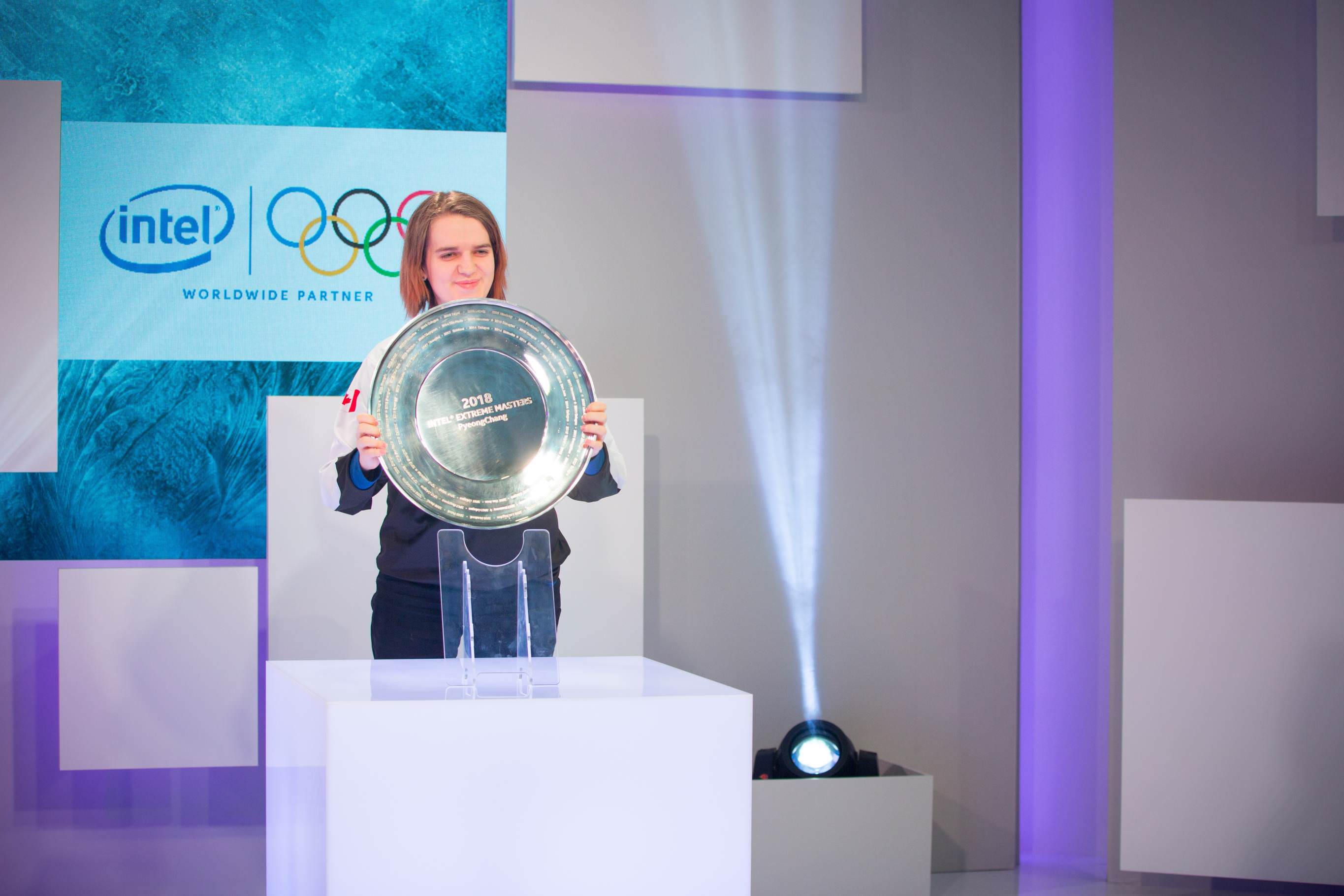
Scarlett came as Canada's representative. She breezed through the lower rounds of her bracket, beating Mexico's Cham and China's TIME in quick series. In the quarterfinals, she defeated Finland's Serral, a young star who had just won his first championship. She took out another member of Europe's youth movement in the semifinals, defeating Poland's Elazer to secure a spot in the grand finals. It was Scarlett's best run in years, and she seemed to be punching above her weight. And still, it was clear she would go no further once her finals opponent was determined.
Picking from all the players in the entire world, few players would have been more suitable than Kim "sOs" Yoojin to end Scarlett's run. sOs was a finished, polished product of the Korean esports institution. He had won five major champions in nine finals, enough to make him the highest-earning StarCraft 2 player of all time. His playstyle was both ruthless and audacious, capable of deploying any kind of devious, unpredictable, or downright crazy strategy if it would bring victory. He was a player who became better as the stakes became higher, and was the only player to have won two of Blizzard's WCS Global Finals, the most prestigious tournament in StarCraft 2. In the StarCrafting world, sOs wasn't just a progamer; he was a professional hope-ender.
Scarlett crushed sOs. The 'Zerg rush' of gaming folklore materialized in full force, as Scarlett pummelled her opponent with a succession of aggressive strategies. In one game, it was Zerglings and Banelings intent on ramming down the gates. In another, an Overlord provided an aerial backdoor for swarming Zerglings. In yet another, Ravagers rained down corrosive bile before the defenses were fully set. sOs, so infamous for his mastery of StarCraft's dark arts, saw them turned against him in karmic retribution. The final result was a 4-1 rout, with sOs lucky to even recover a consolation point. Out of nowhere, in the most unexpected time, place, and manner possible, Scarlett finally had her championship.
In some ways, the victory was antithetical to what made Scarlett so loved in the first place. By 2018, she had spent so much time training in Korea that she could be considered an honorary Korean pro. Once hailed for prevailing in back-and-forth battles that evoked the romantic, ideal form of StarCraft, she went for cheese after cheese in her one-sided mauling of sOs. Furthermore, she was too late to claim a historic moment that once seemed all but promised to her: In October of 2016, America's Alex "Neeb" Sunderhaft had already performed the miracle of becoming the first foreigner to win a major StarCraft 2 tournament on Korean soil. Parts of the long ago dream had been lost forever.
Still, for all the waiting, the triumph had become all the more valuable. Certainly, it fulfilled StarCraft's dream that a foreigner could topple a Korean champion, and esports' dream that a woman could triumph in a field that had always been dominated by men. But, after five years and ten months, Scarlett's victory came to signify the fulfillment a greater dream: that perseverance and hard work will triumph over all.

